In
Blog, Blog 2024
[Editor's note: Our Käte Hamburger Research Centre global dis:connect began 3 years ago, and we've come a long way since then. Like the bedrock on which great buildings rest or the air that keeps a jumbo jet in flight, one of the principal forces behind our success is invisible: the people who perform the countless tasks required to keep a major international research institution afloat. Perhaps least visible are the research assistants who run the events, fetch the literature, support the research and keep the experienced researchers on their toes. Indeed, their invisibility is a sign of how well they do their job. So in a few coming posts, we'll be profiling some of the people behind our public-facing work, and we're starting with the invaluable research assistants — nine promising young scholars with bright futures and big ideas. We provided them with a list of questions and asked them to each answer three to give you a better idea of who we are and how we do what we do.)
Clemens
 What aspects of the research at global dis:connect pique your curiosity and how does it overlap with your research?
What aspects of the research at global dis:connect pique your curiosity and how does it overlap with your research?
I am interested in exploring different historical perceptions of globality. Therefore, it is especially inspiring to see how the research projects conducted at gd:c interpret the ‘gap’ between dis-connection and connectivity differently, each providing a deeper understanding of how processes of interaction work, not only on a global scale.
What tasks do you handle at global dis:connect, and what do you enjoy the most?
As a student assistant, you get exposed to a variety of tasks. I particularly enjoy assisting with research and conferences, which are a great opportunity to welcome people from around the world to gd:c.
What do you define as home and why?
Anywhere with enough books (they don’t even have to be great ones), coffee and good company to spend the day. I have always been fascinated by stories of all kinds.
Bonus question: what do you research, and what attracts you to the topic?
I’ve covered various periods, spaces and topics during my studies at LMU. I am currently researching scientific endeavours in the Arctic and Antarctic during the 19th century as part of my master's degree. What is fascinating about the polar regions is that while being imagined as most remote and uninhabitable spaces, they are at the same time (literally) central to the earth and our modern understanding of it as a global system, rendering them highly dis:connective.
Daniel
What do you research, and what attracts you to the topic?
I am researching the connection between art and outer space. The manifold intentions, types of communication, projects and the very literal dis:connectivity that this topic have to offer are exciting.
Would you like to have photographic memory and why?
Absolutely not! It would certainly be beneficial to hold trivia and lovely memories in your mind forever. However, I also imagine that abstract thinking can be neglected as a result and that certain memories can often take an emotional toll on you.
Who is your favourite character from a novel or film and why?
The future king of the pirates — Monkey D. Luffy from the anime series
One Piece. Some anime are masterful cultural treasures with fantastic stories and rich characters. The series is older than I am but not yet finished, so Luffy has not only accompanied me for a lifetime but has always put a smile on my face with his cheerfulness and steadfastness throughout his journey.
https://youtu.be/rvoUeOgsh3I
Felix
 What tasks do you handle at global dis:connect, and what do you enjoy the most?
What tasks do you handle at global dis:connect, and what do you enjoy the most?
Soon after I started working at gd:c, I developed a video trailer with Christian Steinau to convey dis:connectivity in multimedia and set up the gd:c YouTube channel. I now responsible produce our Fellows Close Up series for YouTube support the workshops and events. My favourite part is meeting such a wide variety of people from all over the globe with very different backgrounds and all the new perspectives I gain through getting to know them and the inspiring conversations I have with them.
What do you define as home and why?
Multiple places can make me feel ‘at home’, meaning cared for, free, safe, peaceful and happy. Home can be every beautiful mountain ridge, lakeside and beach where I can create beautiful memories with someone I love. Home is not a physical place but a mental state. Home is where the people live that are family to me.
What skill would you like to learn and why?
I would like to be able to read minds, even though I definitely don´t want to know most of other people’s thoughts. Still, I´d like to know and understand, what is going on in their minds. Also, as a writer of fiction, I see people in my daily life sometimes, and I think about what their story could be – wouldn’t it be interesting to know if stories I imagine come close to reality?
Peter

What do you research, and what attracts you to the topic?
I have a keen interest in global history, particularly in global art history. My research thus far has focused on significant global exhibition platforms such as the documenta in Kassel and the Venice Biennale. I find that art serves as a vital medium for dealing with and expressing current, future and past processes of globalisation through imagination. Exploring questions about the effects, constitutions and methodologies of globalisation as well as art’s role in it, intrigues me deeply because it links my personal interests with important contemporary issues.
Who is your favourite character from a novel or film and why?
It's Ulysses because he has accompanied me since my childhood. His superpower is not divine strength or invulnerability, but his cunning and smartness, which make him an amiable hero.
What skill would you like to learn and why?
It would be wonderful to speak every language in the world. Imagine the ease of understanding different cultures, making friends and feeling at home wherever you go!
Sophia
What do you research and what attracts you to the topic?
I'm researching theatre theories, and I really like them because they try to theorise something as complex as a theatre situation and performance. Theatre is also such a lively subject, but I love reading about it and thinking about all the possibilities and ideas that are possible with it.
What aspects of the research at global dis:connect pique your curiosity and how does it overlap with your research?
Theatre is also a global phenomenon, and theories about theatre, especially outside the European context, are very interesting and sometimes not really well researched. I really enjoyed Nic Leonhardt's and Anna Heller’s Workshop
Stages of Performing in Pahlavi Iran (1925-1979), learning so much about Iranian theatre.
Would you like to have a photographic memory and why?
No, I don't want to have a photographic memory, because forgetting some things, but also keeping good memories, is a natural part of life. I would also like to enjoy some plays repeatedly. So I'd like to be able to enjoy them each time without knowing exactly what changed from one viewing to the next.
Continue Reading
 A warm welcome to our new fellow Elisabeth Leake who joins global dis:connect in early July.
Elisabeth Leake is the Lee E. Dirks Chair in Diplomatic History at the Fletcher School of Law and Diplomacy, Tufts University. She works on decolonisation, the global Cold War and histories of South Asia.
Her project at gd:c, Decolonization’s Discontents: Dissent and Opposition in the Aftermath of Independence, explores the development of different modes of opposition in the aftermath of political independence.
Continue Reading
A warm welcome to our new fellow Elisabeth Leake who joins global dis:connect in early July.
Elisabeth Leake is the Lee E. Dirks Chair in Diplomatic History at the Fletcher School of Law and Diplomacy, Tufts University. She works on decolonisation, the global Cold War and histories of South Asia.
Her project at gd:c, Decolonization’s Discontents: Dissent and Opposition in the Aftermath of Independence, explores the development of different modes of opposition in the aftermath of political independence.
Continue Reading
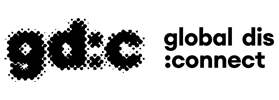



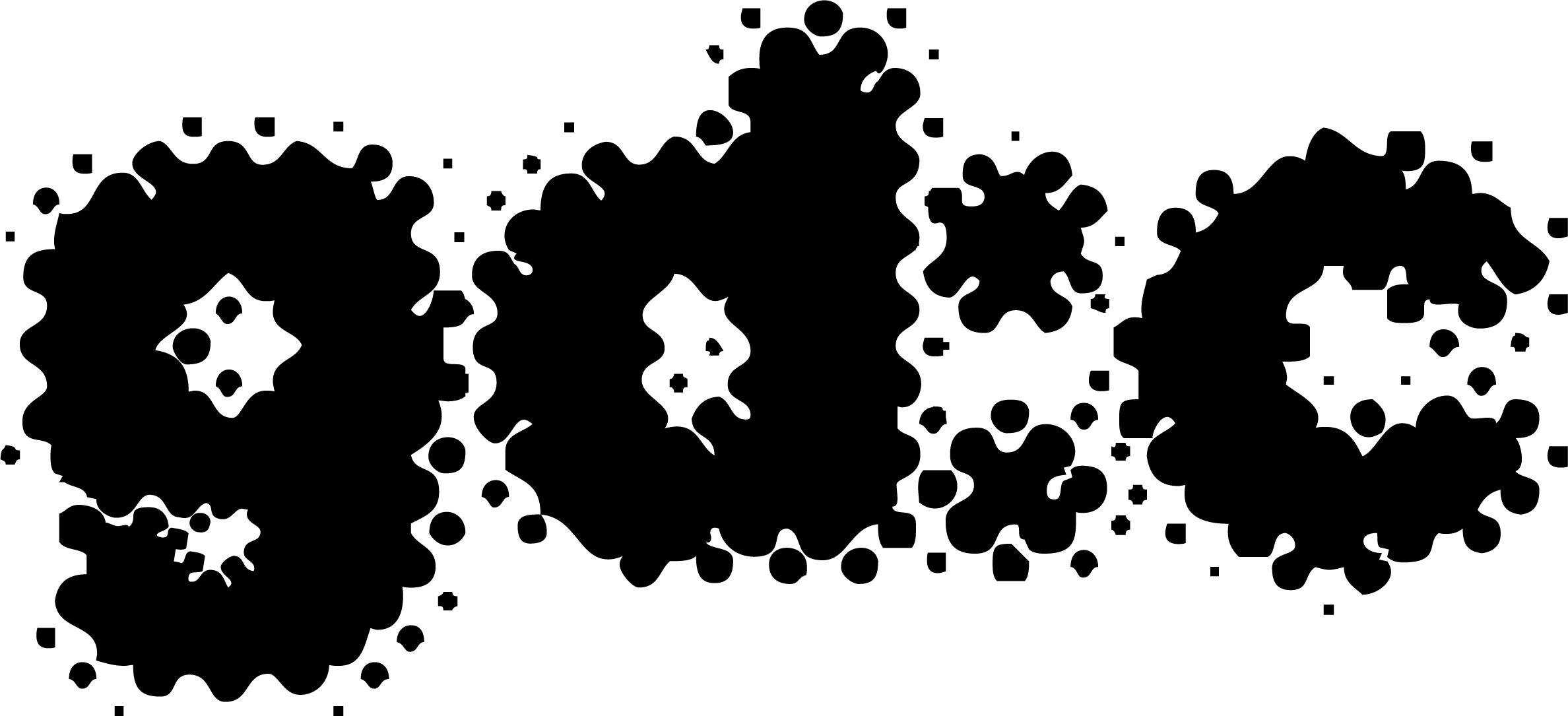
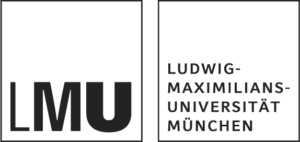
 In June Claiton Marcio da Silva commenced his term as a fellow at global dis:connect. Welcome.
Claiton Marcio da Silva is an associate professor of history at the Universidade Federal da Fronteira Sul (UFFS), Brazil, with a PhD in the history of science.
At global dis:connect, Claiton Marcio Is exploring soybean production and exports as a fundamental dis:connectivity in globalisation, with a focus on political and socioenvironmental aspects.
In June Claiton Marcio da Silva commenced his term as a fellow at global dis:connect. Welcome.
Claiton Marcio da Silva is an associate professor of history at the Universidade Federal da Fronteira Sul (UFFS), Brazil, with a PhD in the history of science.
At global dis:connect, Claiton Marcio Is exploring soybean production and exports as a fundamental dis:connectivity in globalisation, with a focus on political and socioenvironmental aspects.  In early July, Shane Boyle joins global dis:connect as a new fellow. Welcome to Munich, Shane!
Shane Boyle is a senior lecturer in the School of English and Drama at Queen Mary University of London. His research focuses on logistics, Marxism, and performance history.
At global dis:connect, Shane will write a monograph on how the art world has become entangled in the planetary mine of supply chain capitalism.
In early July, Shane Boyle joins global dis:connect as a new fellow. Welcome to Munich, Shane!
Shane Boyle is a senior lecturer in the School of English and Drama at Queen Mary University of London. His research focuses on logistics, Marxism, and performance history.
At global dis:connect, Shane will write a monograph on how the art world has become entangled in the planetary mine of supply chain capitalism.  In July Philipp W. Stockhammer commenced his term as a fellow at global dis:connect. Welcome.
Philipp W. Stockhammer is a professor of prehistoric archaeology focussing on the Eastern Mediterranean at the LMU Munich and co-director of the Max Planck-Harvard Research Center for the Archaeoscience of the Ancient Mediterranean at the Max Planck Institute for Evolutionary Anthropology in Leipzig.
In his research at gd:c he focuses on the dis:connectivities. He confronts as a (pre-)historian: the transformative power of dis:connectivity in the past and the challenge of narrating the past between othering and nostrification.
In July Philipp W. Stockhammer commenced his term as a fellow at global dis:connect. Welcome.
Philipp W. Stockhammer is a professor of prehistoric archaeology focussing on the Eastern Mediterranean at the LMU Munich and co-director of the Max Planck-Harvard Research Center for the Archaeoscience of the Ancient Mediterranean at the Max Planck Institute for Evolutionary Anthropology in Leipzig.
In his research at gd:c he focuses on the dis:connectivities. He confronts as a (pre-)historian: the transformative power of dis:connectivity in the past and the challenge of narrating the past between othering and nostrification.  My academic interests are broad, ranging from history, German and English to pedagogy, but I enjoy working on ancient history the most. My research focuses on the history of the everyday and social history of the Roman Empire in late antiquity. So far, I have worked on the communicative power of clothing, fashion and outward appearance in Roman life and on the spread of Christianity through Sicily in late antiquity. I really enjoy this subfield, as I get to explore the details that formed ancient people’s identity and to some extent bridge the gap to people who seem so far away from today’s reality.
What tasks do you handle at global dis:connect, and what do you enjoy the most?
Apart from assisting our fellows and team members, I savor working in gd:c’s dissemination efforts as a content creator and PR advisor for social media. My biggest passion and best capability is loving things of any kind deeply and, most importantly, sharing the things I love deeply with other people. At gd:c I get to share the very essence of our institute via words, photographs and videos, which I cherish.
What’s your credo and why?
Per aspera ad astra. An ancient saying my beloved and very inspiring Latin teacher taught me. It reminds me what I am capable of and where I can go — ad astra. At the same time, it expresses what you have to go through to get to the stars — per aspera. Work hard and truly believe in your yourself to overcome any limit. It might be cheesy, but it has proven to be true.
My academic interests are broad, ranging from history, German and English to pedagogy, but I enjoy working on ancient history the most. My research focuses on the history of the everyday and social history of the Roman Empire in late antiquity. So far, I have worked on the communicative power of clothing, fashion and outward appearance in Roman life and on the spread of Christianity through Sicily in late antiquity. I really enjoy this subfield, as I get to explore the details that formed ancient people’s identity and to some extent bridge the gap to people who seem so far away from today’s reality.
What tasks do you handle at global dis:connect, and what do you enjoy the most?
Apart from assisting our fellows and team members, I savor working in gd:c’s dissemination efforts as a content creator and PR advisor for social media. My biggest passion and best capability is loving things of any kind deeply and, most importantly, sharing the things I love deeply with other people. At gd:c I get to share the very essence of our institute via words, photographs and videos, which I cherish.
What’s your credo and why?
Per aspera ad astra. An ancient saying my beloved and very inspiring Latin teacher taught me. It reminds me what I am capable of and where I can go — ad astra. At the same time, it expresses what you have to go through to get to the stars — per aspera. Work hard and truly believe in your yourself to overcome any limit. It might be cheesy, but it has proven to be true.
 What tasks do you handle at global dis:connect, and what do you enjoy the most?
At global dis:connect, my responsibilities primarily revolve around supporting the planning and execution of events, which involves tasks like coordinating logistics, managing communications and ensuring everything runs smoothly on the day of the event. What I find most enjoyable is the opportunity to work closely with a team, brainstorming ideas, problem-solving together and ultimately seeing our efforts come to life in successful events.
Would you like to have photographic memory and why?
Having a photographic memory would indeed be advantageous, especially for tasks like rapidly absorbing and synthesising a lot of literature, which would be incredibly useful for my upcoming bachelor's thesis. Additionally, having instant-recall abilities would make me the ultimate walking encyclopaedia ready to amaze everyone with facts at any given moment!
Who is your favourite character from a novel or film and why?
Treebeard from J.R.R. Tolkien's The Lord of the Rings.
As one of the Ents, guardians of the forests, Treebeard personifies nature's voice and symbolises resistance against the destructive forces of human evil. While he seems too slow and deliberate in the beginning to achieve anything, he later transforms into a leader determined to save Middle Earth. I also love his deep understanding of the world and its history.
https://www.youtube.com/watch?v=R1njDtvLIoA
What tasks do you handle at global dis:connect, and what do you enjoy the most?
At global dis:connect, my responsibilities primarily revolve around supporting the planning and execution of events, which involves tasks like coordinating logistics, managing communications and ensuring everything runs smoothly on the day of the event. What I find most enjoyable is the opportunity to work closely with a team, brainstorming ideas, problem-solving together and ultimately seeing our efforts come to life in successful events.
Would you like to have photographic memory and why?
Having a photographic memory would indeed be advantageous, especially for tasks like rapidly absorbing and synthesising a lot of literature, which would be incredibly useful for my upcoming bachelor's thesis. Additionally, having instant-recall abilities would make me the ultimate walking encyclopaedia ready to amaze everyone with facts at any given moment!
Who is your favourite character from a novel or film and why?
Treebeard from J.R.R. Tolkien's The Lord of the Rings.
As one of the Ents, guardians of the forests, Treebeard personifies nature's voice and symbolises resistance against the destructive forces of human evil. While he seems too slow and deliberate in the beginning to achieve anything, he later transforms into a leader determined to save Middle Earth. I also love his deep understanding of the world and its history.
https://www.youtube.com/watch?v=R1njDtvLIoA
 At global dis:connect, my primary duty is to design posters and flyers for our workshops. Additionally, I plan and assist with the preparation of these events. What I find most enjoyable is the opportunity to meet fascinating new people during these occasions as well as the creative freedom I have when designing.
What do you define as home and why?
My home isn't a physical location, but a place where my friends and family are. It's a place where I feel at ease, can enjoy wonderful experiences and where time seems to fly by.
What’s your credo and why?
My credo in life is that everything will unfold as it's supposed to. There's no need to overthink things because life has a plan for each of us, regardless of whether we worry or not.
At global dis:connect, my primary duty is to design posters and flyers for our workshops. Additionally, I plan and assist with the preparation of these events. What I find most enjoyable is the opportunity to meet fascinating new people during these occasions as well as the creative freedom I have when designing.
What do you define as home and why?
My home isn't a physical location, but a place where my friends and family are. It's a place where I feel at ease, can enjoy wonderful experiences and where time seems to fly by.
What’s your credo and why?
My credo in life is that everything will unfold as it's supposed to. There's no need to overthink things because life has a plan for each of us, regardless of whether we worry or not.
 What aspects of the research at global dis:connect pique your curiosity and how does it overlap with your research?
While globalisation in general is a topic I am extremely interested in, I am especially passionate about migration processes and their impact. Colonisation, the migration connected to it and their effects on society are core topics at global dis:connect, and the impact in particular on past and contemporary literature is a topic I am really interested in.
What do you define as home and why?
To me, home is less a specific place than a feeling thaf is mostly connected to people I feel really comfortable with. Whether it‘s going out and having a couple of drinks, travelling to new countries or just hanging out at home talking about live and joking around, my home is wherever my favourite humans are.
Who is your favourite character from a novel or film and why?
My favourite fictional character would have to be Chandler Bing from the TV show Friends, maybe just because no other person has ever made laugh as hard and feel incredibly connected to them at the same time. His self-deprecating humour and his use of sarcastic comments at every possible opportunity have taught me that it‘s incredibly important not to take life too seriously.
What aspects of the research at global dis:connect pique your curiosity and how does it overlap with your research?
While globalisation in general is a topic I am extremely interested in, I am especially passionate about migration processes and their impact. Colonisation, the migration connected to it and their effects on society are core topics at global dis:connect, and the impact in particular on past and contemporary literature is a topic I am really interested in.
What do you define as home and why?
To me, home is less a specific place than a feeling thaf is mostly connected to people I feel really comfortable with. Whether it‘s going out and having a couple of drinks, travelling to new countries or just hanging out at home talking about live and joking around, my home is wherever my favourite humans are.
Who is your favourite character from a novel or film and why?
My favourite fictional character would have to be Chandler Bing from the TV show Friends, maybe just because no other person has ever made laugh as hard and feel incredibly connected to them at the same time. His self-deprecating humour and his use of sarcastic comments at every possible opportunity have taught me that it‘s incredibly important not to take life too seriously.
 What aspects of the research at global dis:connect pique your curiosity and how does it overlap with your research?
What aspects of the research at global dis:connect pique your curiosity and how does it overlap with your research?

 What tasks do you handle at global dis:connect, and what do you enjoy the most?
What tasks do you handle at global dis:connect, and what do you enjoy the most?


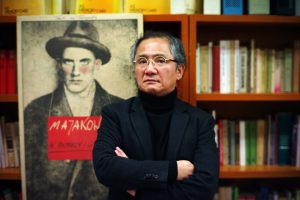 In March Jie-Hyun Lim commenced his term as a fellow at global dis:connect. Welcome.
Jie-Hyun Lim holds the CIPSH Chair of Global Easts and is a founding director of the Critical Global Studies Institute at Sogang University.
At gd:c Jie-Hyun will work on multilingual versions of victimhood nationalism as a conceptual tool to illustrate competing memories of victimhood in the postwar Vergangenheitsbewältigung across Europe and East Asia.
In March Jie-Hyun Lim commenced his term as a fellow at global dis:connect. Welcome.
Jie-Hyun Lim holds the CIPSH Chair of Global Easts and is a founding director of the Critical Global Studies Institute at Sogang University.
At gd:c Jie-Hyun will work on multilingual versions of victimhood nationalism as a conceptual tool to illustrate competing memories of victimhood in the postwar Vergangenheitsbewältigung across Europe and East Asia. 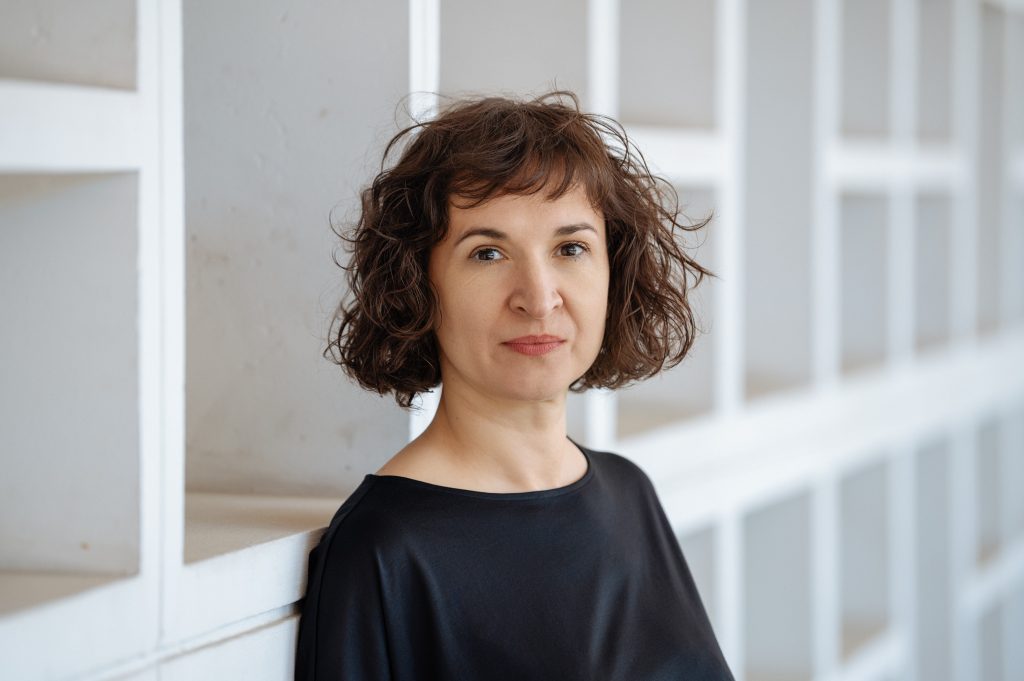
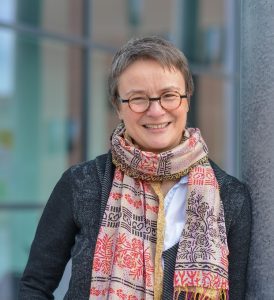 A warm welcome to our new fellow Yvonne Kleinmann who joins global dis:connect in early October.
Yvonne Kleinmann is a professor of Eastern European history and director of the Aleksander Brückner Center for Polish Studies at Halle University
Her project at gd:c, Communicating Constitutions: A Cultural and Entangled History of Poland’s Basic Orders, deals with Polish constitutional history from the 14th century to the present from the angle of cultural history and (transnational) entanglement.
A warm welcome to our new fellow Yvonne Kleinmann who joins global dis:connect in early October.
Yvonne Kleinmann is a professor of Eastern European history and director of the Aleksander Brückner Center for Polish Studies at Halle University
Her project at gd:c, Communicating Constitutions: A Cultural and Entangled History of Poland’s Basic Orders, deals with Polish constitutional history from the 14th century to the present from the angle of cultural history and (transnational) entanglement.
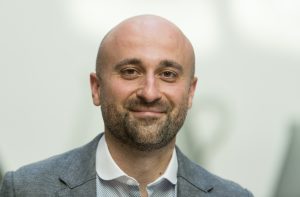 In early October, Matthias Leanza joins global dis:connect as a new fellow. Welcome to Munich, Matthias!
Matthias Leanza is a historical sociologist specialising in empires, colonialism and nation-state formation and is a senior lecturer at the University of Basel.
At global dis:connect Matthias will complete his current book project on the legacy of German colonialism. Drawing on a wide range of sources from European and African archives, the study shows how and why the German overseas empire helped consolidate the nascent German nation-state. Germany soon lost its colonies, but their effects on the country persisted, leaving a complex legacy.
In early October, Matthias Leanza joins global dis:connect as a new fellow. Welcome to Munich, Matthias!
Matthias Leanza is a historical sociologist specialising in empires, colonialism and nation-state formation and is a senior lecturer at the University of Basel.
At global dis:connect Matthias will complete his current book project on the legacy of German colonialism. Drawing on a wide range of sources from European and African archives, the study shows how and why the German overseas empire helped consolidate the nascent German nation-state. Germany soon lost its colonies, but their effects on the country persisted, leaving a complex legacy.